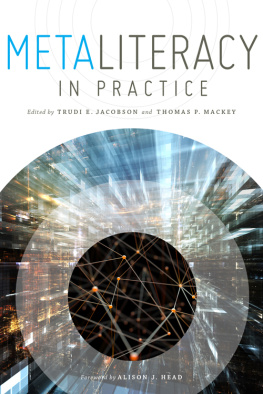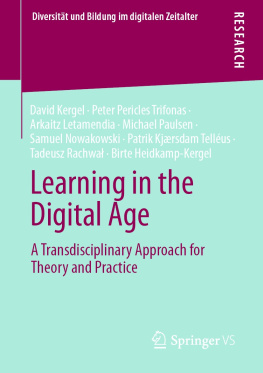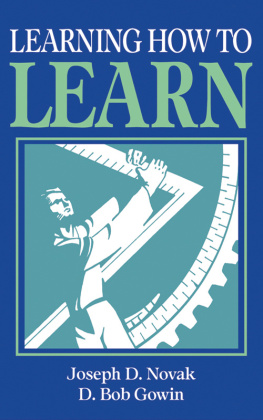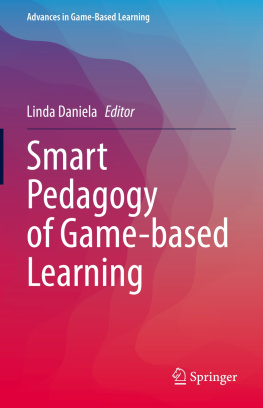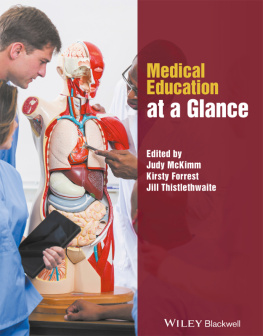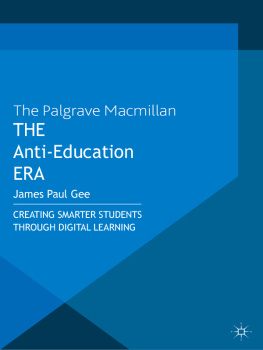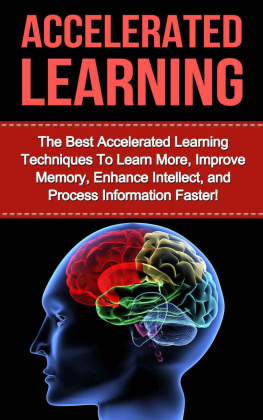One. To Observe
ONE MIGHT BE FORGIVEN FOR CONFUSION upon reading the Italian title of this book. Why erostudente? In Italian, erostudente literally means once I was a student. Ero and studente are two separate words, a verb and a noun, and the subject is implicit. Why join them?
The two words together convey a specific message. It is true that we have all been students, many of us still are. In a certain sense, we are now permanent students, explorers of the reality around us. And yet the life of a student today is a world apart from the experience of students before the technological revolution that we are presently witnessing and of which we are a part. Our study experience involved limited technology and near-distance connections. Our world was almost completely within physical reach; our friends were nearby, and research for school took more time because we dealt with books instead of computers. No shortcuts, horizons were much narrower, our perspective was what we saw before us.
How different the present reality is for our young students. Modern education must now encapsulate many different layers of learning and experiences, while preserving certain values and ethics that still stand the test of time. The phrase Erostudente, then, is meant to promote diversified, hybrid living based on experience and a burning desire to learn, share and contribute. A flexibility and openness of mind, the broadening of our horizons and perspectives as a deliberate policy that infuses everything we do.
Another central and deliberate aspect can also be found in the title of this book: Eros. In ancient Greece, as we will see later, Eros signified compelling desire. Not just in physical terms, but in the broadest sense. Learning should still signify compelling desire, a never-ending process of developing and expanding our curiosity, theoretical knowledge and experiential learning, for a life well lived and for the common good.
Todays world is spinning at an exponentially faster speed than before, not least due to the extraordinarily disruptive force of current technological development.
These new technologies are combining the physical, digital and biological worlds, a convergence that is having a massive impact on all disciplines, economies and productive sectors. Disruptive innovation is emerging in relatively new fields such as AI, robotics, IOT, self-driving vehicles, 3D printing and nanotechnology. Ours is a world of non-linear accelerations and growing connections, which are collapsing traditional walls and barriers at a numbing rate. An era that is not created so much as co-created. Thomas Friedman calls this a world not of stocks anymore, but of flows. A territory without defined borders and with unimaginable potential, wide open frontiers and a constant stream of new beginnings.
What is surprising is how seamlessly we have adapted to such a colossal change. In this post-generational world, to use the words of Thomas Koulopulous, most of us are now using the same tools. In a world of 7.5 billion people, 3.8 billion are on the internet. There are 5 billion cell phones and 3 billion social media users. And these numbers are rising rapidly.
It soon became second nature for us to buy what we want online in a matter of minutes, or to video chat with our relatives or friends in Sydney or Rio de Janeiro in the same way we used to phone our friends in the city or neighbourhood where we lived. Nor do we think twice about how automatic international travel has become. Its merely a fact of modern life.
Our confines have broadened, our horizons have expanded and our mentality has changed. So too have our desires and aspirations.
Our dreams have a different form, and that is due in no small part to technology. It has utterly changed so much, including us.
It has changed the way we look at things, our eyes and our vision. It has made our lives a lot easier, in so many ways. But perhaps in others it has rendered us more pointlessly competitive and indifferent. After all, the race for success and for brilliant results is still on. The uncertainty and unpredictability of our new reality, with its flood of information and widespread digital interconnectivity, may be jeopardising one of our most human traits: our sense of empathy. If unchecked, this could lead to what the Harvard Business Review has termed The Era of Solitude, where a wealth of information leads to a poverty of attention and satisfaction. Ours is a society that observes less with each day that passes.
We see many things, but there are many more that we dont observe. We mustnt lose our inherent ability to observe the beauty and humanity that surrounds us.
The Portuguese novelist Jos Saramago, recipient of the 1998 Nobel prize for literature, writes in his story Blindness of a city that is suddenly afflicted with a mysterious epidemic of blindness, even though blindness is not contagious. A tale whose social and moral dynamics are interlinked with harsh realism, epitomised by its final observation: We havent become blind, we are blind. Blind people who see. Blind people who can see but do not see.
The pages you are now holding tell the story of experiments that draw us back to our roots, back to normality, to the discovery of a beautiful humanity and the values of caring for and being at the service of others. They are accounts of a journey that trains not only our sight, but also our vision and our powers of observation. A journey of this kind doesnt increase indifference, but instead feeds on the great wealth that the eyes and the hearts of others can bestow. If you can see, look: if you can look, observe, writes Saramago.
The protagonists of this journey are young men and women aged between 18 and 20.
They experienced diversity in real and challenging environments. They learned that to look a person in the eye is important, because the other, in fact, is us. They learned that creating connections with those who might seem diametrically opposite to us is essential, because encounters between minds with diverse histories and memories can modify the way we think and lead to a creative transformation and an unconventional wisdom. They understood that diversity is only perceived as such by those who are determined to apply a filter to their vision.
The other has a name and a surname just as we do, and possesses a life narrative worthy of attention and comprehension.
In other words, these pages tell of an attempt to provide a different kind of education. Without cancelling what has been done or is being done, but rather by enriching all that is valid with new cues for innovation.
It is time to recognise and accept (the two do not always coincide) that in a world of increasing velocity our younger generations are also moving at a faster pace.
They run, they train, they grow, they enhance and broaden their horizons in new ways. But they do all this with their feet firmly grounded in this world of structured improvisation, where the ability to be flexible is a modus operandi and not merely a contingent factor.
The experiment behind this book began a few years ago and has proved to be an unreserved success. Our university students went to assist girls of their own age who are struggling as single mothers in a confusing and frenetic world. They played with disadvantaged children on the outskirts of Rome. They built shelters for communities in need, or helped to develop their cities through sustainable initiatives. They also offered a welcoming hand to those who have come to our land with fear in their eyes and hearts torn by suffering that words cannot express.


